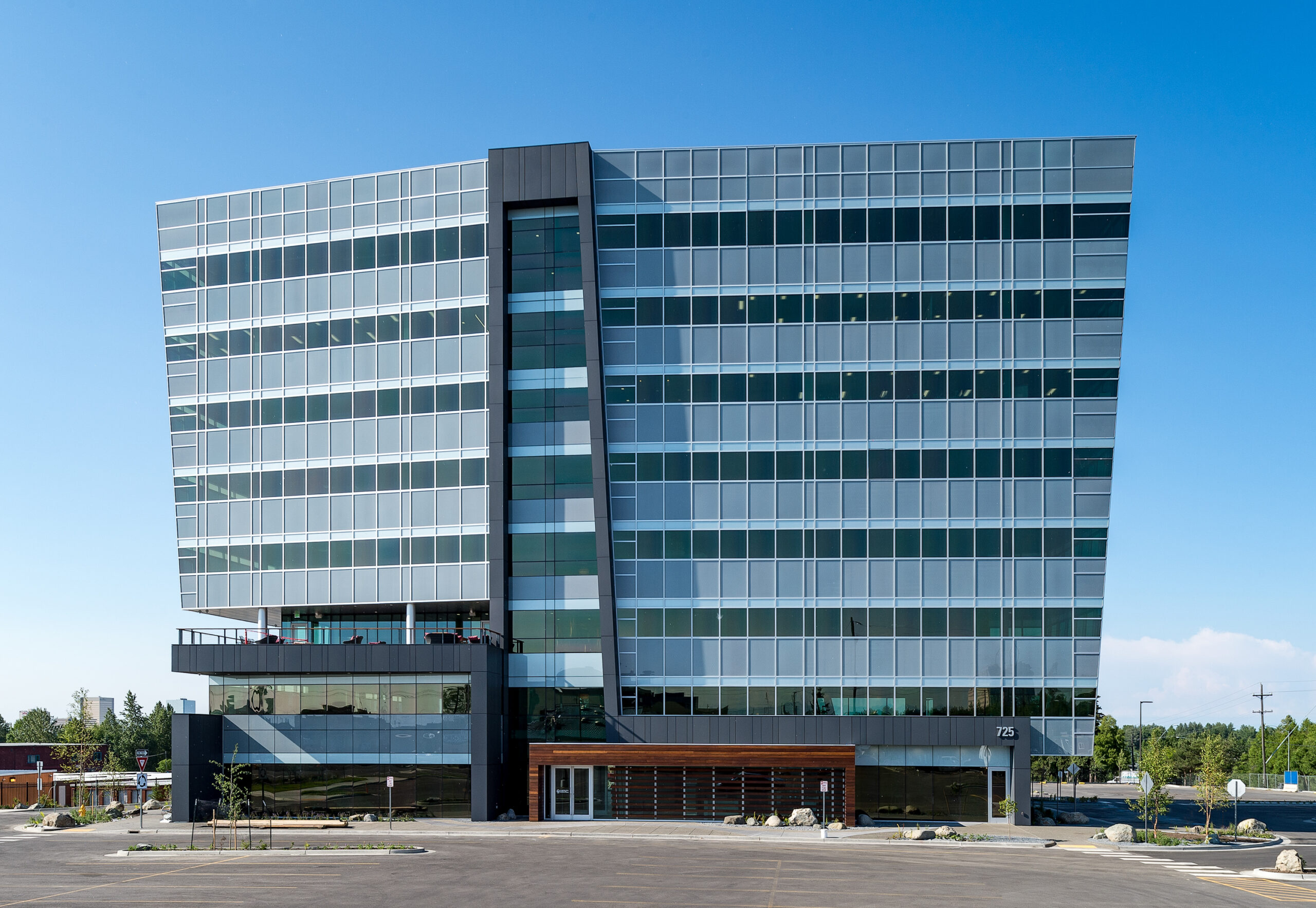The geographic boundary of the CIRI region, shown on the map below, closely approximates the traditional homeland of the Dena’ina Athabascan people. Within CIRI’s regional boundary are villages and group sites recognized under the Alaska Native Claims Settlement Act (ANCSA). In addition, within the regional boundary is the municipality of Anchorage, Alaska’s largest urban center. Anchorage is often referred to colloquially as Alaska’s biggest Native “village” due to the large number of Alaska Native people who live within the municipal boundaries.
There are seven villages in the CIRI region. The Dena’ina villages of the region are Eklutna, Knik, Tyonek, and Salamatof. The people of Chickaloon are a mixture of Ahtna and Dena’ina Athabascan. The people of Ninilchik and Seldovia have ancestors of Aleut and Alutiiq descent, as well as some Dena’ina.
ANCSA also recognized two additional categories of Alaska Native localities—groups, which had smaller populations of Alaska Native people than villages, and four cities with significant Native populations: Kenai, Kodiak, Juneau and Sitka. The groups within CIRI’s regional boundaries are Caswell, Gold Creek, Montana Creek and Point Possession. The city of Kenai also lies within CIRI’s regional boundary and is home to many people of Dena’ina heritage.

Chickaloon
General facts
Name: Chickaloon
Ahtna Athabascan name: Nay’dini’aa Na’
Name meaning: “the river with the two logs across it”
Location: Sutton, Alaska, 26 miles northeast of Palmer
Population: 173 (2020)
Traditional language: Ahtna Athabascan
Tribe: Chickaloon Native Village
Purpose
Mission: Perpetuate our ancestors’ beliefs, customs, traditions and values and steward our environment to help our citizens thrive.
Website: chickaloon-nsn.gov
Eklutna
General facts
Name: Eklutna
Dena’ina Athabascan name: Idluget Qayeht’ana (derived from “Idluytnu”)
Name meaning: “plural objects river”
Location: About 24 miles northeast of Anchorage, Alaska, two miles from the mouth of the Eklutna River
Population: About 70; many tribal members live in surrounding communities
Traditional language: Dena’ina Athabascan
Tribe: Eklutna Native Village
Purpose
Mission: To empower Idlughet Qayeht’ana (Eklutna Village Dena’ina) by promoting the history, culture and identity of our sovereign nation, and to assist in the education and well-being of our Tribe.
Website: eklutna-nsn.gov
Kenaitze
General facts
Name: Kenaitze
Dena’ina Athabascan name: Yaghanen
Name meaning: “the good land”
Location: Western coast of the Kenai Peninsula, approximately 159 miles southwest of Anchorage
Traditional language: Dena’ina Athabascan
Tribe: Kenaitze Indian Tribe
Purpose
Mission: By 2033, the Kahtnuht’ana Dena’ina have enhanced and strengthened the prosperity, health, and culture of their people and Tribe.
Website: kenaitze.org
Knik
General facts
Name: Knik
Dena’ina Athabascan name: Niteh
Name meaning: “among the islands”
Location: The village of Knik is now a ghost town located 13 miles south of Wasilla, Alaska
Population: Matanuska-Susitna Valley: 107,081 (2020)
Traditional language: Dena’ina and Ahtna Athabascan
Tribe: Knik Tribe
Purpose
Mission: To promote successful self-determination and cultural awareness for our members and our community through better living conditions, education, wellness and hard work.
Website: facebook.com/KnikTribalCouncil
Ninilchik
General facts
Name: Ninilchik
Russian name: Ninilchik is derived from the Russian word “Niqnalchint”
Name meaning: “a place where a lodge is built”
Location: Ninilchik is located along the Sterling Highway, 38 miles southwest of Soldotna, Alaska, overlooking the coastline of Cook Inlet
Population: 898 (2020)
Traditional language: Dena’ina Athabascan
Tribe: Ninilchik Village
Purpose
Mission: Along with its ongoing mission to promote the sovereignty, well-being, and cultural identity of the Ninilchik tribe’s people for generations to come, the organization also publicly strives to encourage the environmental stewardship of lands within tribal boundaries; promote access to health, education, and family resources; foster positive community development and civic projects; contribute to the growth of the southern Kenai Peninsula’s local economy; and support the culture and arts of local communities.
Website: ninilchiktribe-nsn.gov
Salamatof
General facts
Name: Salamatof (Russian name originally “Salamatowa”)
Dena’ina Athabascan name: Ken/Kena
Meaning: “flat, meadow, open area with few trees; base, low ridge”
Location: Western coast of the Kenai Peninsula, approximately 164 miles southwest of Anchorage
Traditional language: Dena’ina Athabascan
Tribes: Salamatof Tribe
Purpose
Mission: To preserve and protect its culture and heritage and promote pride by enriching and educating its youth for the future.
Website: salamatof.com
Seldovia
General facts
Name: Seldovia
Russian name: Seldovia is derived from the Russian word “Seldevoy”
Name meaning: “herring bay”
Location: Located on the Kenai Peninsula, along Kachemak Bay, approximately 25 miles southwest of Homer, Alaska
Population: 238 (2021)
Traditional language: Sugpiaq, Aleut, Dena’ina Athabascan
Tribe: Seldovia Village Tribe
Purpose
Mission: We promote the wellness of our people and communities through health care and social services, economic development, and education.
Website: svt.org
Tyonek
General facts
Name: Tyonek
Dena’ina Athabascan name: Tubughnenq’
Name meaning: “beach land”
Location: Tyonek is located on a bluff on the northwest shore of Cook Inlet, about 45 miles southwest of Anchorage
Population: 415 (2020)
Traditional language: Dena’ina Athabascan
Tribe: Native Village of Tyonek
Website: facebook.com/NativeVillageOfTyonek





 READ MORE
READ MORE




